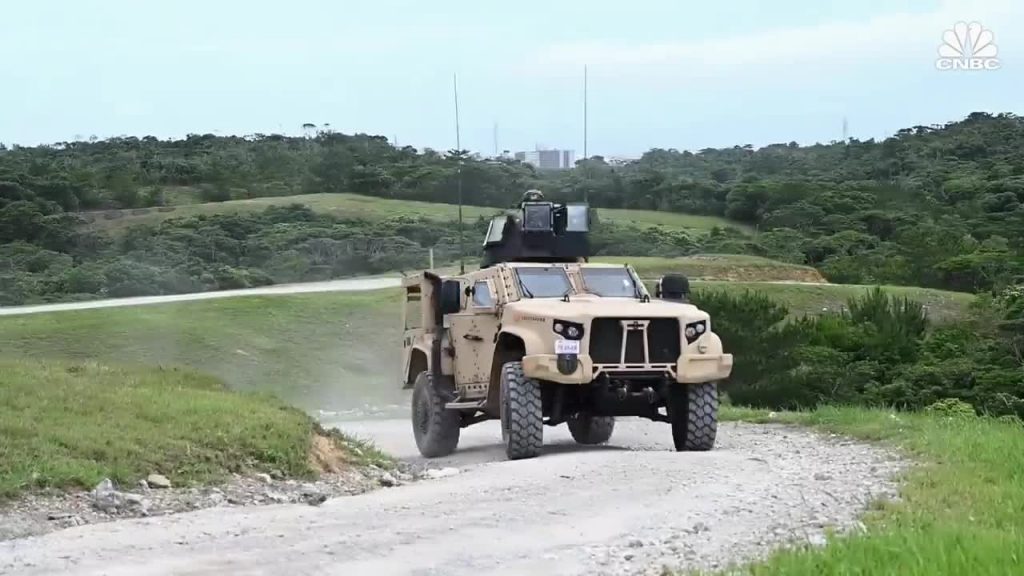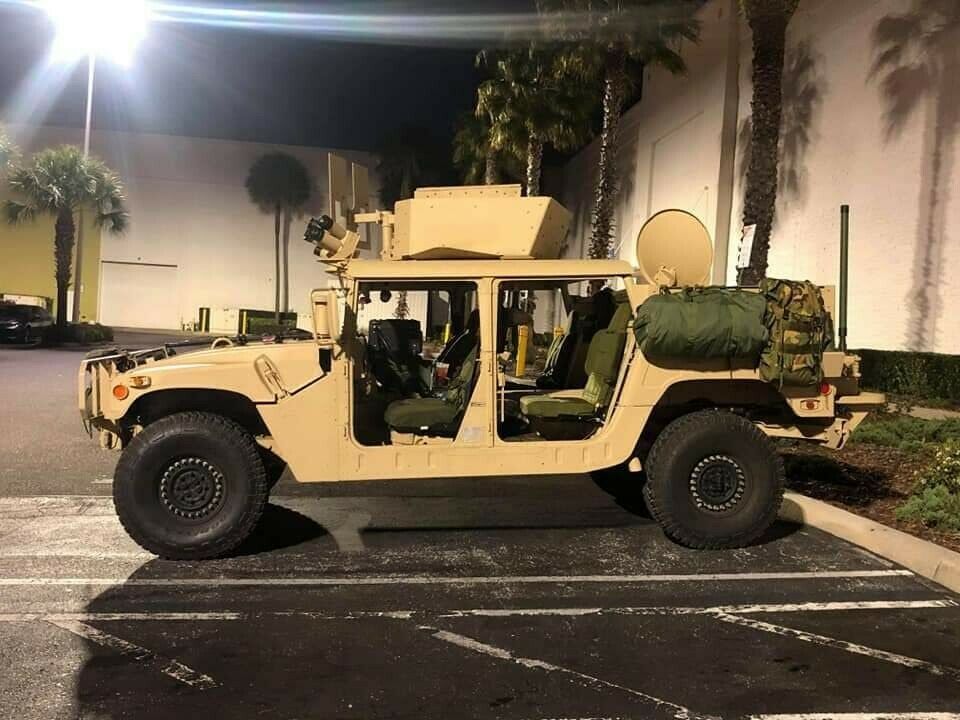The U.S. Army spends a fair amount of money on acquiring the best equipment for its personnel. In US military vehicle terms, the High Mobility Multipurpose-Wheeled Vehicle, aka the Humvee, dominated battlefields of the Middle East.
Sporting a V8 and a top speed of 70mph, the AM General Humvee was designed to replace lightweight trucks like the jeep. However, a lack of armor and tech made it vulnerable to improvised explosive devices used by Iraqi and Afghan militants, failing to give troops the needed protection.
Having been designed 35 years ago, the Humvee couldn’t easily be upgraded, with its weak spot being a flat, largely unprotected floor. The U.S. military needed a solution, and fast. So they brought in the mine-resistant ambush-protected vehicle, or MRAPS, which could survive IED blasts far better than Humvees.
It took $5 billion dollars to replace the Humvees, with MRAPs bought from providers like Bae Systems, Navistar and Oshkosh. These were models like the Force Protection Cougar 6×6, International MaxxPro and Oshkosh M-ATV. They featured high ground clearance and V-shaped hulls that directed explosions outwards.
But what the MRAPs gained in protection they sacrificed in mobility — they couldn’t negotiate difficult terrain, and their weight and complexity rendered them unfit for front-line combat duty. According to Steve Beynon. a ground combat reporter, When it comes to military vehicles, there is a continual trade-off between protection and mobility.
Read: Oshkosh Gets Defense Deal For JLTV Humvee Successor
However, the Joint Light Tactical Vehicle aka JLTV produced by Oshkosh Defence solved this problem. Alex Hollings, Editor-in-chief, SandBoxx news, states that the JLTV combined the protection of the MRAP with the agility of the Humvee and is built to survive a 21st-century conflict. In 2015, the JLTV built by Oshkosh was picked by the US from a pool of seven other bidders. They received a $6.7 billion contract with the possibility for a $12.7 billion follow-on deal by the end of 2022. Although to win this, they will have to compete with companies like GM Defence.
JLTVs cost between $250,000–$400,000 and more than 13,000 JLTVs have been delivered to U.S. troops. Moreover, Oshkosh also has received orders for their JLTVs from eight other countries. JLTVs are built for a variety of purposes, including carrying troops, transporting weaponry, or hauling equipment in a rear bed. They feature impressive technology like the Navy-Marine Expeditionary Ship interdiction system (NMESIS) which straps massive missile to the back of one of these vehicles for an automated launch process.
Of course, the Humvee isn’t dead yet. They cost between $50,000 and $200,000, making it a less expensive alternative to the JLTV. Thus, today they’re used to respond to civil disturbance or natural disasters. The US army has also been experimenting with battery-powered vehicles as well. John Bryant (Oshkosh cooperation president) states that they have raced a hybrid JLTV in the Baja 1000 back in 2010. Therefore, it is safe to say that low cost, more effective electric versions of JLTVs will be seen in the near future.





